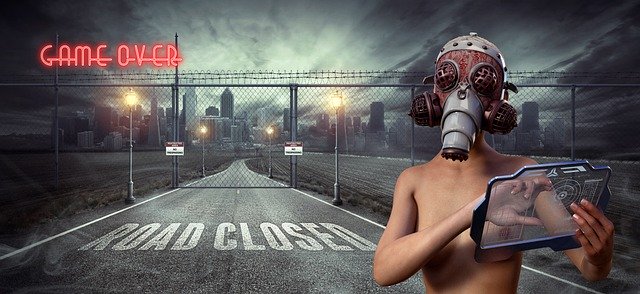Covid 19 – Living with the Invisible Enemy
After a week, it can lead to shortness of breath, with about 20% of patients requiring hospital treatment.
Notably, the COVID-19 infection rarely seems to cause a runny nose, sneezing, or sore throat (these symptoms have been observed in only about 5% of patients). Sore throat, sneezing, and stuffy nose are most often signs of a cold.
If you develop emergency warning signs for COVID-19, get medical attention immediately.Difficulty breathing or shortness of breath
- Persistent pain or pressure in the chest
- New confusion or inability to arouse
- Bluish lips or face
- 13.8% are severe, developing severe diseases including pneumonia and shortness of breath.
- 4.7% as critical and can include: respiratory failure, septic shock, and multi-organ failure.
- in about 2% of reported cases the virus is fatal.
- Risk of death increases the older you are.
- Relatively few cases are seen among children.
- cardiovascular disease
- diabetes
- chronic respiratory disease
- hypertension
The reason for this is being investigated as we try to learn more about this new virus.
NYC.GOV
https://txdshs.maps.arcgis.com/apps/opsdashboard/index.html<
Texas Health and Human Services
DHS TX https://www.dshs.texas.gov/coronavirus/
CALIFORNIA
State of California Covid-19 https://covid19.ca.gov
ILLINOIS
http://dph.illinois.gov/topics-services/diseases-and-conditions/diseases-a-z-list/coronavirus
WORLDOMETER – situation in different countries by Country – updated daily
https://www.worldometers.info/coronavirus/
— Italy https://www.worldometers.info/coronavirus/country/italy/
— UK https://www.worldometers.info/coronavirus/country/uk/
World Health Organization https://www.who.int/emergencies/diseases/novel-coronavirus-2019
Daily reports https://www.who.int/emergencies/diseases/novel-coronavirus-2019/situation-reports/
- Wash hands often for 20 seconds and encourage others to do the same.
- If no soap and water are available, use hand sanitizer with at least 60% alcohol.
- Cover coughs and sneezes with a tissue, then throw the tissue away.
- Avoid touching your eyes, nose, and mouth with unwashed hands.
- Disinfect surfaces, buttons, handles, knobs, and other places touched often.
- Avoid close contact with people who are sick.
DSHS also recommends that you practice social distancing. Social distancing involves staying away from other people to avoid catching or spreading illness. It’s a fancy term for avoiding crowds and minimizing physical contact. This could mean avoiding concerts or weddings, skipping the handshake, and/or staying at least six feet (in Europe they say 2 meters) away from others.
Please note that many – maybe even most – people who carry Corona virus do NOT know they have it. They have zero symptons.
For that reason it would be best if everyone wears some type of protective mask outside (scarf, cloth etc) that covers your mouth and nose.
You may carry the virus – unknowingly. That is IN ADDITION to social distancing.
Wear gloves if possible. Wash hands immediately when you come back to your house, take off your shoes, etc
You may carry the virus – unknowingly. That is IN ADDITION to social distancing.
Wear gloves if possible. Wash hands immediately when you come back to your house, take off your shoes, etc



